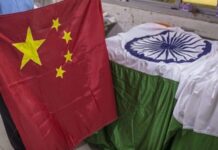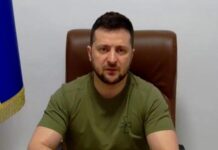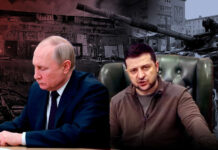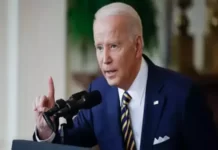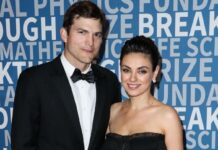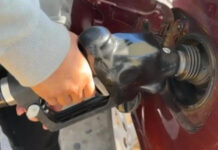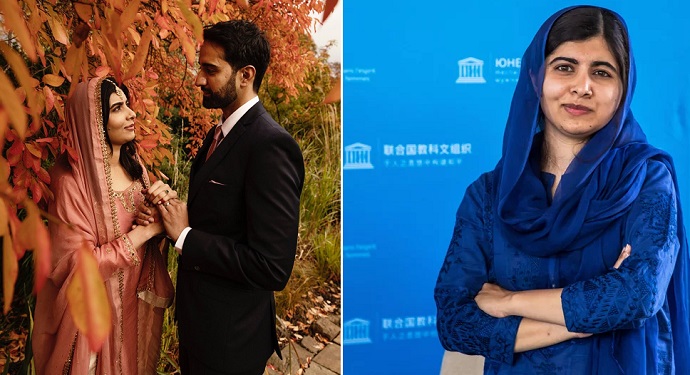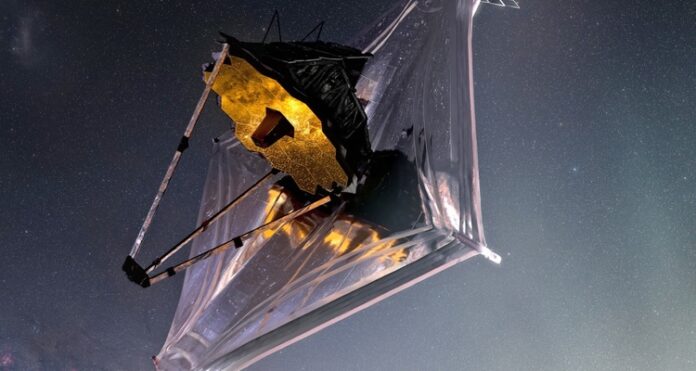
The James Webb Telescope has taken its first selfie from space, a million miles away from Earth.
The self-portrait was shared by NASA on Friday, along with numerous mosaic photographs taken by the telescope when it was staring at its first star. The photographs were obtained as part of a months-long inspection of the observatory’s many mirrors and instruments.
The photographs, taken about 50 days after Webb was launched into orbit, show that it is performing as predicted and is ready to begin its mission.
In a news conference on Friday, Lee Feinberg, Webb’s optical telescope element manager at NASA Goddard Space Flight Center in Greenbelt, Maryland, said, “This remarkable telescope has not only expanded its wings, but it has also opened its eyes.”
However, mission controllers must ensure that the observatory’s massive primary mirror is correctly positioned before Webb can begin recording jaw-dropping views of galaxies, star clusters, and planets.
Its honeycomb-shaped main mirror, which measures more than 21 feet wide, is meant to gather and concentrate light from celestial objects. The telescope’s mirror, as well as numerous other components, were painstakingly folded up to fit within its rocket for launch.
The telescope slowly unfurled over several weeks as it travelled to its ultimate destination in orbit around the sun. The 18 gold-coated hexagonal mirror parts of the telescope were all brought into position.
Webb’s infrared camera, called as NIRCam, was used to look at illumination from the same star in each of the telescope’s 18 primary mirror segments in the recently published photographs.
Webb’s unaligned mirror segments bounce light from the same star back to the telescope’s secondary mirror and into NIRCam’s detectors, as shown in the mosaics.
Marshall Perrin, Webb’s deputy telescope scientist at the Space Telescope Science Institute in Baltimore, said, “For the first time in flight, all of these systems operated together in the way that they would for science observations.”
He went on to say that the first exercise, which involved shooting over 1,500 shots, went “very, very easily” and that the results were “a true ‘wow’ moment.”
Perrin described the scene as “plenty of emotions and enthusiasm from everyone there in the room.”
Webb’s equipment will be properly calibrated in the next months, and its primary mirror will need to reach an ultraprecise alignment in order to work as a single entity. Its visuals will get crisper and more detailed as a result of this. NASA expects the first scientific photographs from the expedition to be released this summer.
The $10 billion observatory looks to be in good shape and running smoothly so far, but Feinberg says there is still a lot of work to be done. “It’s still early,” he added, “but we’re extremely pleased by what we’re seeing.”‘
Webb is billed as the successor to the legendary Hubble Space Telescope, and it will be able to view deeper into space and in better detail than any telescope before it, allowing it to unravel the riddles of the early cosmos.
The observatory is the world’s largest and most advanced space telescope, and it will be able to investigate the universe’s oldest and furthest objects as far back as 100 million years after the Big Bang.

